
Heliox: Where Evidence Meets Empathy 🇨🇦
Join our hosts as they break down complex data into understandable insights, providing you with the knowledge to navigate our rapidly changing world. Tune in for a thoughtful, evidence-based discussion that bridges expert analysis with real-world implications, an SCZoomers Podcast
Independent, moderated, timely, deep, gentle, clinical, global, and community conversations about things that matter. Breathe Easy, we go deep and lightly surface the big ideas.
Curated, independent, moderated, timely, deep, gentle, evidenced-based, clinical & community information regarding COVID-19. Since 2017, it has focused on Covid since Feb 2020, with Multiple Stores per day, hence a sizeable searchable base of stories to date. More than 4000 stories on COVID-19 alone. Hundreds of stories on Climate Change.
Zoomers of the Sunshine Coast is a news organization with the advantages of deeply rooted connections within our local community, combined with a provincial, national and global following and exposure. In written form, audio, and video, we provide evidence-based and referenced stories interspersed with curated commentary, satire and humour. We reference where our stories come from and who wrote, published, and even inspired them. Using a social media platform means we have a much higher degree of interaction with our readers than conventional media and provides a significant amplification effect, positively. We expect the same courtesy of other media referencing our stories.
Heliox: Where Evidence Meets Empathy 🇨🇦
The Science That's Bringing Back the Dead: Facial Reconstruction
It's not perfect. It never will be. But it's getting remarkably close.
When Egyptian mummy portraits have been compared with facial reconstructions of the same individuals, the similarities are often striking. The science works, and it's improving every year as our reference databases grow and our technologies advance.
But why does this matter? Why should anyone care what some Neanderthal from 75,000 years ago looked like? Or an Anglo-Saxon girl from the 7th century? Or a "vampire" from 18th century Connecticut?
When we look at the reconstructed face of Shanidar Z, a Neanderthal woman who lived 75,000 years ago in what's now Iraqi Kurdistan, something profound happens. She stops being an abstract concept—"a Neanderthal"—and becomes someone. A person who lived, breathed, thought, and felt. Who had family, who experienced joy and pain, who looked up at the same stars we do. continue reading the article: https://helioxpodcast.substack.com/
This is Heliox: Where Evidence Meets Empathy
Independent, moderated, timely, deep, gentle, clinical, global, and community conversations about things that matter. Breathe Easy, we go deep and lightly surface the big ideas.
Thanks for listening today!
Four recurring narratives underlie every episode: boundary dissolution, adaptive complexity, embodied knowledge, and quantum-like uncertainty. These aren’t just philosophical musings but frameworks for understanding our modern world.
We hope you continue exploring our other podcasts, responding to the content, and checking out our related articles on the Heliox Podcast on Substack.
About SCZoomers:
https://www.facebook.com/groups/1632045180447285
https://x.com/SCZoomers
https://mstdn.ca/@SCZoomers
https://bsky.app/profile/safety.bsky.app
Spoken word, short and sweet, with rhythm and a catchy beat.
http://tinyurl.com/stonefolksongs
Curated, independent, moderated, timely, deep, gentle, evidenced-based, clinical & community information regarding COVID-19. Since 2017, it has focused on Covid since Feb 2020, with Multiple Stores per day, hence a large searchable base of stories to date. More than 4000 stories on COVID-19 alone. Hundreds of stories on Climate Change.
Zoomers of the Sunshine Coast is a news organization with the advantages of deeply rooted connections within our local community, combined with a provincial, national and global following and exposure. In written form, audio, and video, we provide evidence-based and referenced stories interspersed with curated commentary, satire and humour. We reference where our stories come from and who wrote, published, and even inspired them. Using a social media platform means we have a much higher degree of interaction with our readers than conventional media and provides a significant amplification effect, positively. We expect the same courtesy of other media referencing our stories.
This is Heliox, where evidence meets empathy. Independent, moderated, timely, deep, gentle, clinical, global, and community conversations about things that matter. Breathe easy. We go deep and lightly surface the big ideas. Welcome. If you're like us, you want to get straight to the core of a subject, really grasp it quickly. And that's exactly what we aim to do here. Today we're diving into something truly fascinating. Facial reconstruction. It's this incredible meeting point of, well, science and art. Bringing faces from the deep past right into view. It's a way to connect, isn't it? Absolutely. It gives us a tangible link to people who lived, well, ages ago. Lives are totally different from ours. It's quite something, taking, you know, fragments, skulls, bones, and using this careful process to give us a glimpse of who these people were. And the range is just astounding. We're talking Neanderthals from, what, tens of thousands of years back? Well, yeah, all the way through Egyptian pharaohs, medieval figures, even unidentified individuals from more recent times. So for this deep dive, we've looked at some great sources, articles from Live Science, MPJ Heritage Science, Cal Poly Humboldt, Engaged Student Learning. A good mix to get a handle on the techniques and the stories behind these faces. Okay, so where should we start? Maybe with some specific examples. I think that's the best way in. Looking at these ancient individuals who've essentially been reintroduced to us, each case tells its own story. Makes sense. Let's kick off with Shanidar Z. Now, she's a Neanderthal woman, right, from Iraqi Kurdistan, about 75,000 years ago. That's her. And what's incredible is her skull was found completely crushed, hundreds of pieces. Wow. Reconstructing that must have been painstaking. I think I saw something about her on a Netflix show. Yes. She's become quite well known. The reconstruction allowed researchers to estimate her age, maybe mid-40s, and her height, about five feet. But what does seeing her face really tell us beyond the basic stats? Well, I think it fundamentally shifts how we perceive Neanderthals. You move beyond just bones to seeing an individual. It humanizes them, you know, makes you reconsider our relationship with these ancient relatives. Plus, the technical skill needed is immense. Definitely humanizes them. Okay. Next up. This one's almost hard to believe. An ancient Egyptian mummy found in an Australian high school library. I know. It sounds like something out of a novel. A woman, probably 50s or 60s. And she had gold leaf on her skull, suggesting the Greco-Roman period. Exactly. The gold leaf is a huge clue, placing her in a specific time and cultural context within Egypt. So the Reconstruction. It's about giving her an identity back. Precisely. It turns her from just an artifact, albeit a surprising one, into someone who lived. It helps us picture her in that specific world that Greco-Roman influenced Egypt. It makes you wonder about her status, her life. Fascinating. Let's jump to China now. Emperor Wu of the Northern Zhu Dynasty died quite young, only 36, back in 8560. What's special about his case? What's really striking with Emperor Wu is how different kinds of evidence came together. How so? Well, DNA analysis suggested he probably had a stroke. Okay. And then you look at the historical texts from the time, and they describe symptoms like aphasia trouble with language, drooping eyelids, an unusual way of walking. It all fits. Wow. So the facial reconstruction provides a visual that backs all that up. Exactly. It connects the genetic data, the historical records, and the physical remains. It gives you a much fuller picture of the man himself, especially towards the end of his life. That's a really powerful convergence. Okay, changing continents again. Zlaty Kuhn, the golden horse woman from Czechia. Right, 45,000 years old, modern human, and incredibly the oldest one we've genetically sequenced so far. And she had some Neanderthal ancestry, about 3%. She did. And her skull suggests a larger brain cavity than many people today. So what does reconstructing her face tell us about those very early modern humans in Europe? Well, she's a direct link to that period when modern humans and Neanderthals were mixing. Her reconstructed face, alongside the genetics and the cranial data, gives us a tangible idea of what these early people might have looked like. Suggests quite a bit of diversity back then. And the larger brain. Raises interesting questions, doesn't it? About cognitive evolution, maybe differences we don't fully understand yet. Hmm, definitely. Now, a much more somber find. The crucified slave from Roman Britain. About 1,700 years old. Yes, found in England. And the discovery of a nail still in his heel bone. It's incredibly stark evidence of crucifixion. It's just brutal. DNA suggested he was maybe late 20s, early 30s. Around that age, yes. And his leg bones were unusually thin, which points towards restricted movement, possibly meaning he was captive or enslaved for some time. How does putting a face to him change things? It personalizes that suffering, I think. You move beyond the archaeological facts, the nail, the thin bones, and you're confronted with the face of someone who endured something horrific. Right. Seeing that face, knowing about his likely restricted movement, it can evoke a real sense of empathy. Makes the history very immediate. it. It really does. Okay, slightly different angle now. Juanita, the famous Incan ice maiden from Peru. Ah, yes. The young girl found naturally mummified high in the Andes. And her reconstruction was incredibly detailed, wasn't it? Yeah. Using real human hair, clothing similar to what she wore. They really aimed for lifelikeness there. And that level of detail can be incredibly powerful for public engagement. How so? When you see a face that looks so real with familiar textures like hair, wearing clothes. It makes that connection across 500 years feel much stronger. She feels less like a distant figure, more present. Bridges that time cap. We also saw the upper-largy woman from Bronze Age Scotland, found buried, curled up. Yes, in a cyst grave, typical for the period. We might not know as much about her specific life story, but what does her reconstruction add? Even without a detailed biography, reconstructing her face helps populate that period. It gives us representation of someone living in Bronze Age Scotland. Puts a face to the era in that region. Exactly. It adds to our picture of the populations, then, their general physical characteristics. Then there was the medieval individual from Poland with dwarfism. Actually, two types of dwarfism. That's right. A complex case of skeletal dysplasia. His reconstruction showed features consistent with that, like a relatively large head. How does reconstructing faces like his help us understand disability in the past? It visually demonstrates the physical effects of these conditions. Seeing the face can offer insights into how someone might have looked and perhaps prompt thoughts about their experiences, how they fit into their community. Right. Maybe challenges they faced. Potentially, yes. It helps us consider the individual behind the diagnosis. Okay. What about Vistagutten? The boy from Vist, Norway, 8,300 years old. Yes, a teenager. And he had a condition called scaphocephaly. Which affects skull growth. Right. It results in a longer, narrower head shape. His 3D reconstruction is actually in a museum. What's the value of putting these in museums? It makes the deep past so much more accessible. People can literally come face to face with someone from prehistory. Sparks curiosity. Definitely. And for individuals with specific conditions like Vistagutten, it can also be educational, raising awareness about these things across time. And then there's Gertrude, the Vasa warship victim, initially thought to be a man named Gustav. Ah, yes. A classic case of science updating the story. She sank with the ship in 1628. But DNA analysis later showed she was female. Exactly. So they had to update the reconstruction. They even gave her the red hat that her remains suggested she wore. That's a fantastic example of how science keeps refining things, isn't it? It really is. Initial interpretations based on just the skeleton can be revised with new evidence like DNA. It leads to a much more accurate picture. We also heard about Ava, another Bronze Age woman, this time from Scotland. DNA suggested brown eyes, black hair, darker skin. Yes, and interestingly, she was quite tall for her time. It's just amazing what DNA can add now. It truly is. Ava's a great example of combining skeletal analysis with genetic data. You get much more than just bone structure. You get coloration, other physical traits. Brings her to life much more vividly. Okay, we have to talk about King Tutankhamen. There have been loads of reconstructions of him, haven't there? Oh, absolutely. He's probably one of the most reconstructed ancient figures. And the latest ones, using CT scans and x-rays. They suggest his skull was longer, and his brain volume larger than previously thought. That's what the more recent analyses indicate, yes. It shows that even with iconic figures, technology can reveal new details, refine our understanding of their specific features. Even Tut still holds surprises. Then there was the 7th century Anglo-Saxon girl, found buried in England with a really elaborate cross gold and rubies. A very significant find, likely an elite individual. And her reconstruction gives us a face for possibly an early Christian convert and hints at her status. Precisely. The cross is a powerful indicator of her faith and probably her social standing during that key transitional period in English history. Seeing her face connects us directly to that moment. And we can't forget the hobbit, Homo Floresiensis from Indonesia. A fascinating one, so distinct from modern humans. And for her reconstruction, they used scans from other primate species, too. Yes, because she represents a different branch of human evolution. Using comparative anatomy helped inform the approximation of her unique features. It's a visual reminder of that evolutionary diversity. Back in Europe, Czech Republic again, a Stone Age woman, about 31,000 years old, initially thought to be male. That's right. One of the oldest Homo sapiens found in Europe. It shows the challenges, doesn't it? Interpreting really ancient remains. It certainly does. Analyzing very old, sometimes fragmentary skeletons isn't easy. Her case highlights why ongoing research and reevaluation are so important. Her reconstruction is key for understanding those early European populations. Then, a wealthy Bronze Age woman from Bohemia, also Czech Republic, buried with loads of valuable stuff. Yes, her grave goods were impressive. Bronze pins, amber beads, multiple necklaces, clearly high status. And her face was reconstructed using her skull and DNA remnants. That combination again. The archaeology tells us about her status. The reconstruction gives us a glimpse of the individual who held that position in her society. Moving over to Southeast Asia, the Penang Woman, New Stone Age, Malaysia. And her reconstruction used 3D imagery of modern Malaysians alongside the CT scans. Yeah, which seems like a clever approach, especially if ancient DNA is hard to get. It is. It's using modern population data as a reference point based on likely ancestral links to help create a plausible reconstruction when genetic information is limited, an innovative technique. Then back in Scotland, a medieval woman found in the same crypt as a priest and a bishop. Right, with Horn Priory. And the reconstructions highlighted interesting details of the woman's facial symmetry, but the priest had a cleft lip and palate. Yes, those individual details really stand out. It makes them feel less like generic medieval figures and more like real people with unique features, part of that specific community. We also heard about Crain, a young Neanderthal man from Doggerland that submerged land under the North Sea. Reconstructed from just a skull fragment, incredibly. And they even included a benign tumor he had above his eyebrow. Yes. That level of detail from limited material is remarkable. It speaks to the skill involved and adds another layer to our understanding of Neanderthal physical variation and even health. Then there were those three ancient Egyptian men from Abu-Zir el-Malik. Their reconstruction was purely digital, using DNA phenotyping. A very modern approach. Using the genetic code itself to predict facial features like skin tone, eye color, hair color, even aspects of facial shape. So less reliant on interpreting the spell morphology alone. Exactly. It's leveraging genetics directly to estimate appearance, a different, potentially more objective route, though still under development. We also saw KV-55, believed to be Akhenaten, Tut's father. The reconstruction focused just on his facial features, no royal headdress or anything. Right, stripping away the adornments to try and see the man beneath the pharaoh role. It offers a different perspective, perhaps more intimate. And the Mesolithic man impaled on a stake in Sweden. Grim story. very grim, and his reconstruction had to be done without his lower jaw. How do they manage that? They use measurements and proportions from the rest of the skull, referencing anatomical databases and averages, to estimate the likely position and size of the missing jaw. It shows the adaptability of the techniques. Then the 18th century vampire from Connecticut, that's a wild one. Definitely captures the imagination. His bones were rearranged in the grave, femurs crossed over the chest, likely due to local fears about the undead. But the reconstruction. No fangs. Nope. No biological evidence of vampirism. Just a regular person. It's a great example of how folklore and cultural beliefs can diverge sharply from the physical reality shown by science. Okay. Avki, the 18-year-old woman from Greece 9,000 years ago. Her reconstruction sounded very artistic clay muscles, silicone skin. Yes. That represents a highly detailed, layered approach aiming for extreme realism. building the face from the skull outwards, muscle by muscle, then adding a lifelike skin layer. Very labor intensive. And we heard about the accuracy sometimes achieved like that young Egyptian child whose 3D reconstruction matched his ancient mummy portrait really well. That's a fantastic validation. When you have a contemporary portrait to compare against and the reconstruction aligns closely, it gives confidence in the methods, at least in cases with good preservation and reference material. We also saw the shaman woman from Sweden. Buried upright, lots of rich grave goods. Indicating her importance, yes, likely a significant spiritual or social figure, the reconstruction gives a face to that role. And a Neanderthal woman from Gibraltar found buried with a baby, likely died in childbirth. A very poignant discovery. It connects across tens of thousands of years to a universal human tragedy. Seeing her reconstructed face makes that connection incredibly powerful. Similar story with a White Hawk woman from Neolithic England, also likely died in childbirth, buried with lucky charms, maybe. Yes, 5,500 years ago. The charm suggests beliefs, hopes, maybe, fears surrounding childbirth then. Her reconstruction, noting her short stature too, adds detail to our picture of life and death in that era. And Ötzi the Iceman, of course, found in the Alps. Amazingly preserved. His reconstruction showed quite weathered features, didn't it? Long nose, deep set eyes. Makes sense for his lifestyle and environment. Exactly. Reflects a life spent in the high mountains. Moving closer to our time, King Henry VII of England, reconstructed using his death mask. That's about as direct as you can get. A death mask captures the exact features shortly after death, so reconstructions based on them can be incredibly accurate. And Hilda the Druid, though maybe not actually a druid, right? An Iron Age woman from Scotland. Lived to her 60s, which was quite old then, despite losing many teeth. Her wax reconstruction has a very determined look. Yeah, suggests resilience. Definitely. Captures a sense of a long life lived, perhaps with hardships. What about the bodies in the bog from Crom, Scotland, part of a mass grave? Yes, and isotope analysis on their teeth showed they weren't all local. They came from different parts of Scotland. So the Reconstruction adds faces to this mystery. Maybe conflict, displacement. It raises those questions, yes. Who were these people? Why did they end up buried together here, far from home for some of them? We also had quick mentions of the Blair Ethel man and a warry queen from Peru. She lived past 62. Yes, and her tomb was filled with lavish artifacts, again, linking age, status, and burial practices. And the Denisovan girl from Siberia reconstructed just from DNA from a pinky bone. That's incredible. Mind-blowing, isn't it? Using just that tiny fragment and sophisticated genetic analysis to predict physical features like wider heads and different dental arches compared to us or Neanderthals, it's pushing the boundaries. It really shows how different human groups looked, like the Cro-Magnon man, DNA suggesting dark skin. Right, challenging older depictions. And contrasting with others, like the Slonkill man from Iron Age UK, who likely had lighter skin, dark hair, and eyes, shows the diversity. Then the Patchen woman, Roman Britton, possibly murdered. Reconstruction suggested blue eyes, maybe blonde hair, light skin. It makes a potential ancient crime feel very personal when you can visualize the victim like that. And the Stafford Roadman, Saxon warrior, maybe died from a toothache. A grim reminder of how dangerous infections were before modern medicine, even for a warrior. Also the Warsaw Mummy Project, reconstructing a potentially pregnant mummy non-invasively. Using techniques that don't damage the remains, which is increasingly important. And finally, the Nazlet-Cater II man from Egypt, 30,000 years old, oldest Homo sapiens there, confirming African ancestry. A crucial piece of the puzzle for understanding human origins and dispersal in that region. Wow. Okay, that's a huge range of individuals. So after seeing all these examples, let's get into the how. How does this process actually work? It really seems like this unique mix of science and art. It absolutely is. It's very interdisciplinary. You need anatomy, physical anthropology, math sometimes, 3D imaging. But then you also need the artistic skill, the sculpting ability. The aim is always the most scientifically plausible depiction based on the skull. We heard the term Manchester method mentioned. What's the idea behind that? Right. The Manchester method is quite influential. It combines elements from earlier Russian and American approaches. The key is using the skull's own shape, the bumps and ridges where muscles attached. Combining that with average soft tissue stiffness data, researchers have compiled databases of these tissue depths at specific points on the face. Based on modern populations? Yes, based on measurements from large samples, considering things like sex, age, general ancestry, because tissue thickness does vary. So it's quite systematic, like building the face up based on those numbers. Exactly. Traditionally, they'd put little pegs or markers on a cast of the skull. Right. The length of each marker corresponds to the average tissue depth at that point. Then the artist uses clay, building it up to the tops of those markers. It provides a framework. And technology must play a big role now, like 3D laser scanning. Oh, hugely. Laser scanning creates super accurate digital models of the skulls. You can measure them precisely on the computer, view them from any angle. You can even 3D print them. It gives the artist or researcher a perfect replica to work from, either physically or digitally, improves accuracy, allows for more detailed analysis. What about features like the nose and ears? They're mostly cartilage, right? So they don't really show up on the bone. That's where the art and anatomical knowledge really come in. You're right. The bone doesn't dictate the exact shape. So how do they figure it out? Well, the artist looks at the shape of the nasal opening in the skull, the nasal spine. These give clues. They also use formulas and statistical data about nose and ear shapes and sizes related to skull measurements and population averages. So it's an educated estimation. It's an informed interpretation, yeah. Based on anatomical principles, facial proportions, and those population data sets, it requires artistry guided by science. And digital software helps refine this. We saw FaceGen mention. Definitely. Digital sculpting tools are incredibly powerful. You can manipulate the form precisely, add textures, hair, eye color much more easily. Faster to try different versions too, maybe. Absolutely. And techniques like photogrammetry creating 3D models from photos are also used now to capture skull data or even help model soft tissues. So it sounds like even with all the science, there's still a degree of interpretation. There is. The skull provides the foundation, the tissue depths provide guidelines, but filling in the specific details of soft tissues often involves informed artistic judgment. The goal is always plausibility based on all available evidence. That MPJ Heritage Science article mentioned using virtual donor libraries and CT scans of living people to fill in missing skull parts. That sounds clever. It's a really neat solution. If a piece of the ancient skull is missing, they can find a CT scan of a modern person with generally similar skull dimensions and use that corresponding part to virtually patch the ancient skull. Wow. And they can use statistical models based on living people's CT scans to help project soft tissue shapes where bone is missing, too. So for these archaeological cases, it's not usually about saying this is definitely John Smith. Not usually, no. The main goal in archaeology or anthropology is often broader to show what people looked like in a certain time or place, understand population characteristics, humanize the past. Forensic cases trying to identify unknown modern remains are different. The hope is identification there. But for ancient individuals, it's more about representation and understanding, though sometimes historical info about hair or clothing might be added for context. So ultimately, why do all this? What's the big takeaway, the significance of reconstructing these faces? I think it serves multiple crucial roles. Firstly, it makes the past, and the science studying it, much more accessible and engaging for everyone. Puts a face to the fines. Exactly. It humanizes history. We move beyond dry bones and artifacts and get a sense of the actual people. It fosters a connection, a sense of shared humanity across huge spans of time. Makes them feel more real, more relatable. Precisely. It allows us to, in a way, meet these individuals. It really is amazing to think about. These reconstructions, even acknowledging their approximations, they give us this connection. They do. A tangible link to people who lived lives we can barely imagine, but were still people like us. So maybe the final thought for everyone listening is, what does it mean to you to look into the reconstructed face of someone from thousands or even tens of thousands of years ago? Yeah, what questions pop into your head? What connections do you feel looking across that vast gulf of time? It's a powerful way to engage with our shared past. Thanks for listening today. Four recurring narratives underlie every episode. Boundary dissolution, adaptive complexity, embodied knowledge, and quantum-like uncertainty. These aren't just philosophical musings, but frameworks for understanding our modern world. We hope you continue exploring our other podcasts, responding to the content, and checking out our related articles at helioxpodcast.substack.com.
Podcasts we love
Check out these other fine podcasts recommended by us, not an algorithm.

Hidden Brain
Hidden Brain, Shankar Vedantam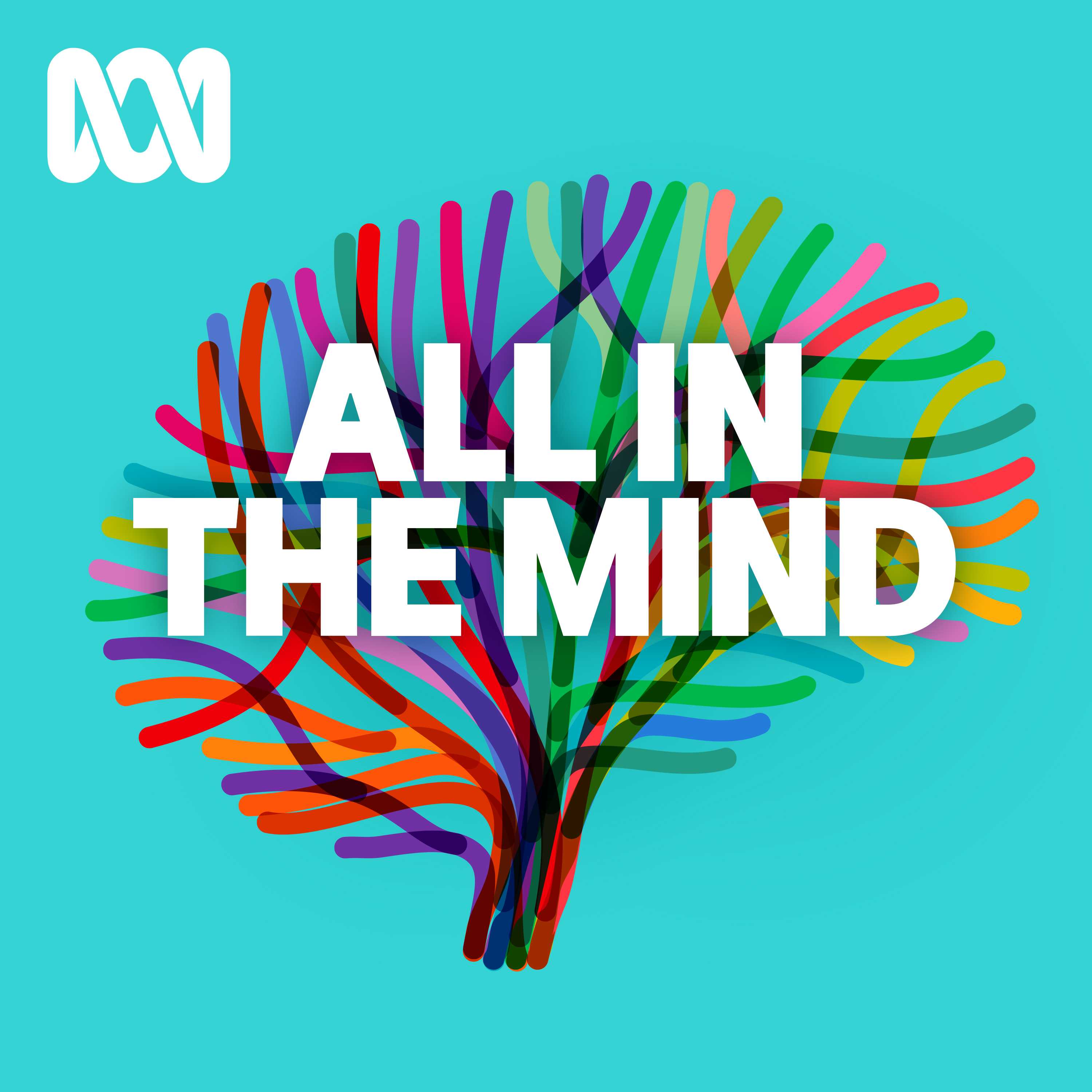
All In The Mind
ABC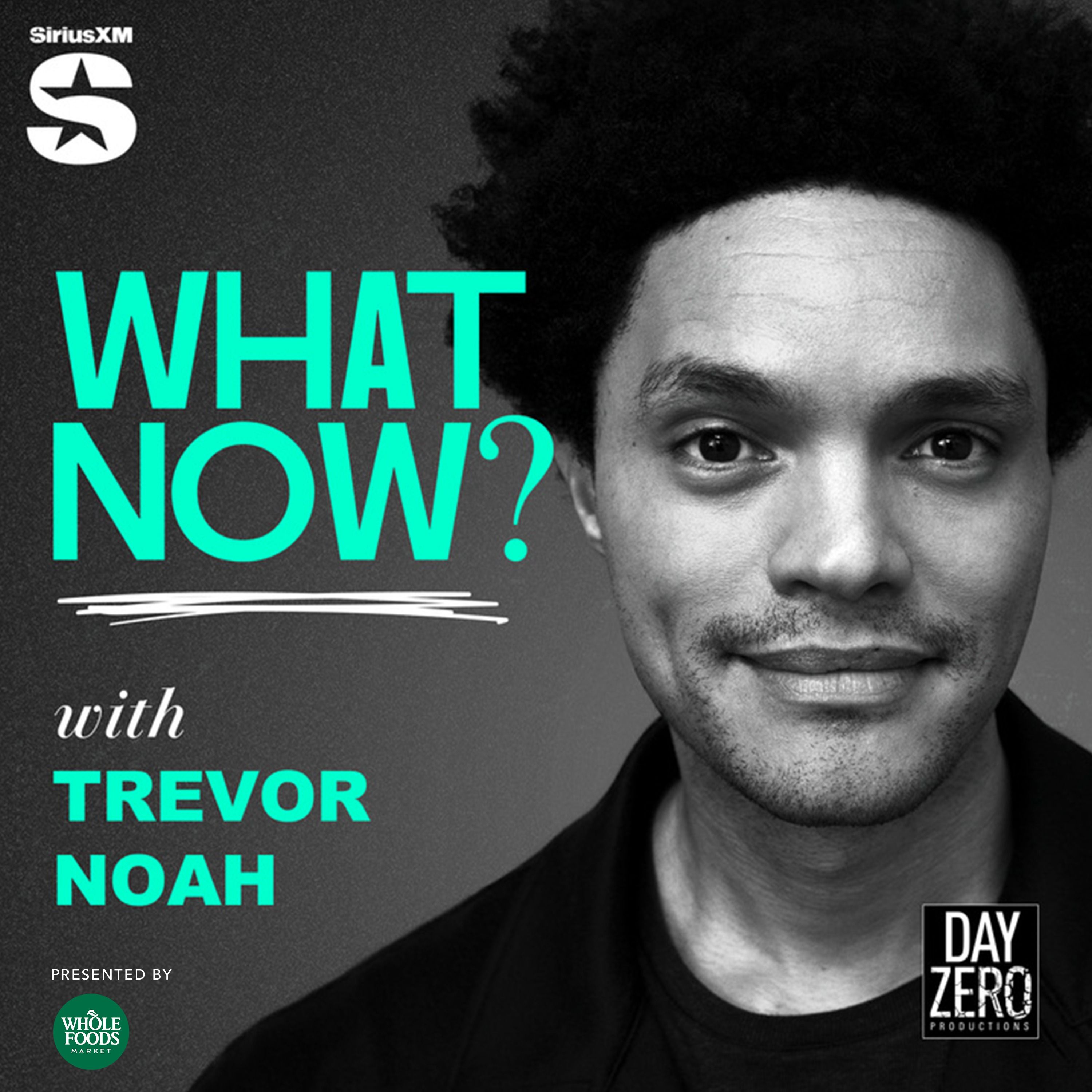
What Now? with Trevor Noah
Trevor Noah
No Stupid Questions
Freakonomics Radio + Stitcher
Entrepreneurial Thought Leaders (ETL)
Stanford eCorner
This Is That
CBC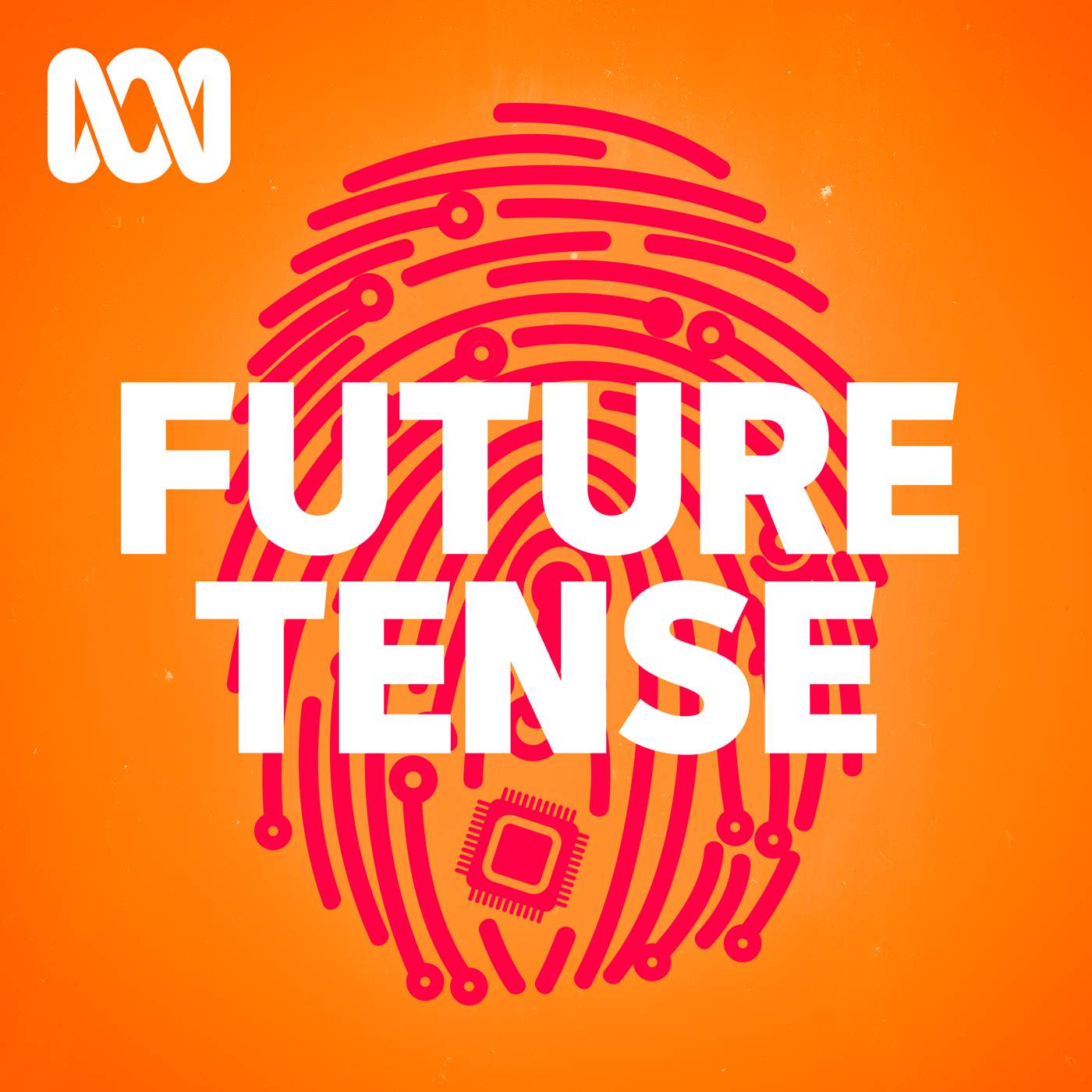
Future Tense
ABC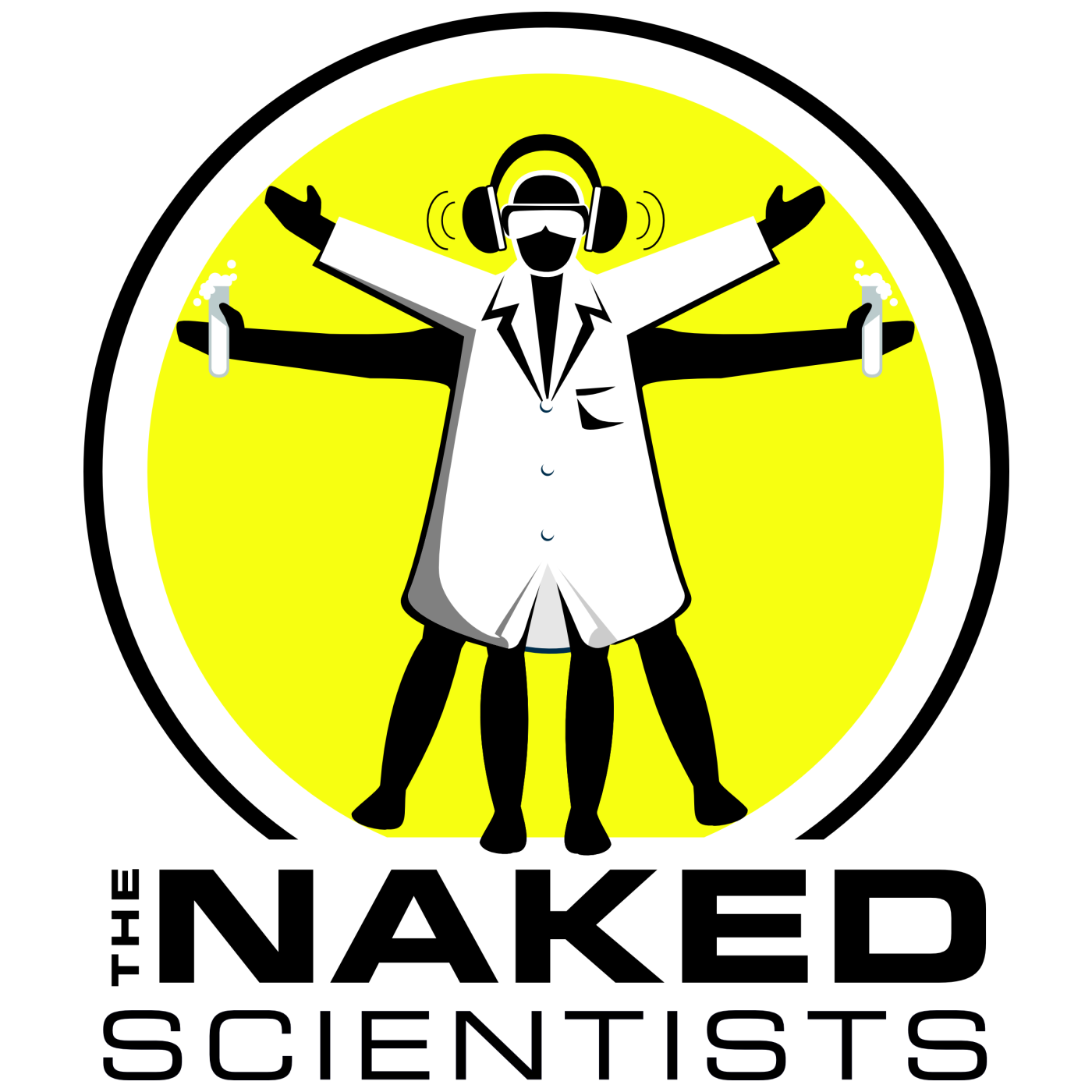
The Naked Scientists Podcast
The Naked Scientists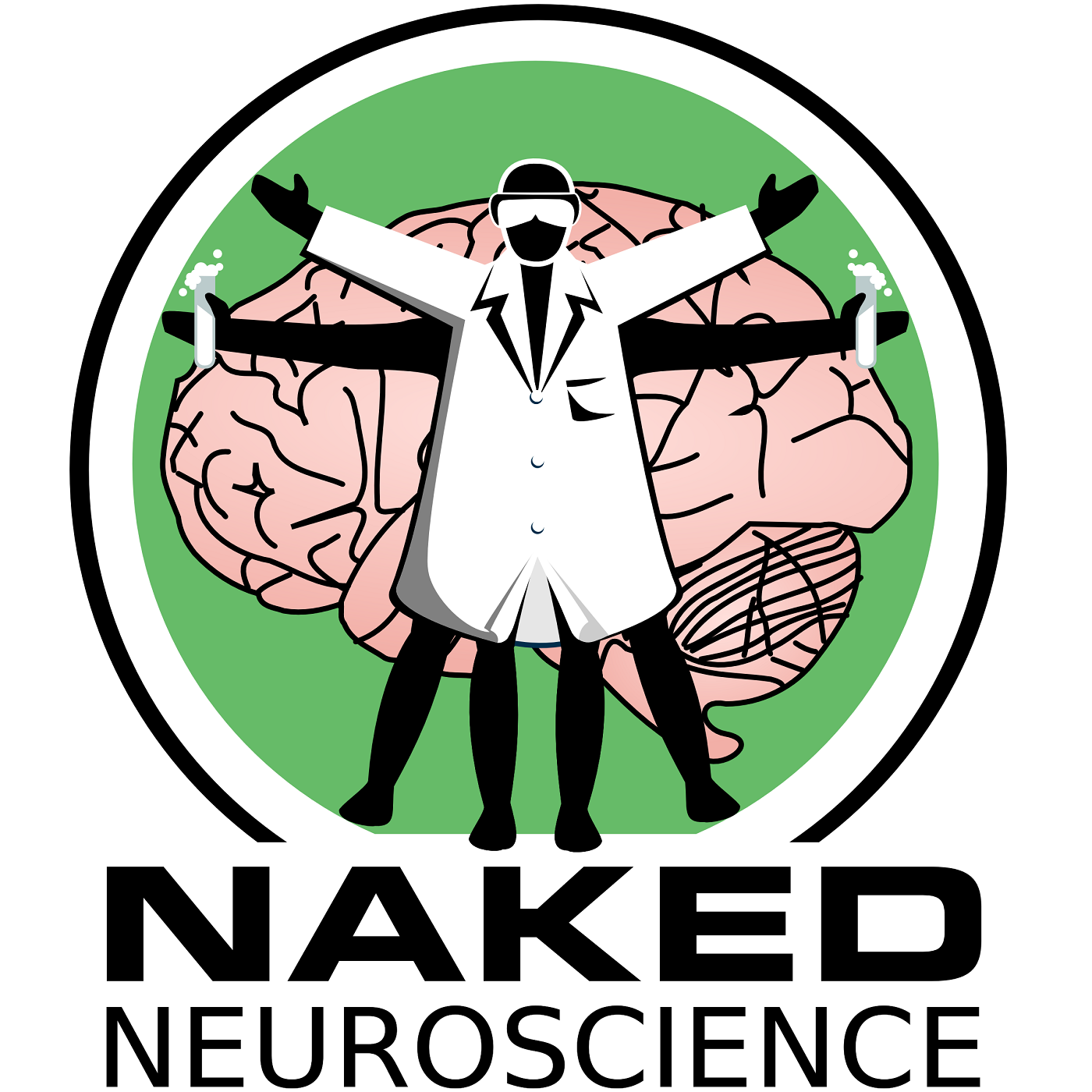
Naked Neuroscience, from the Naked Scientists
James Tytko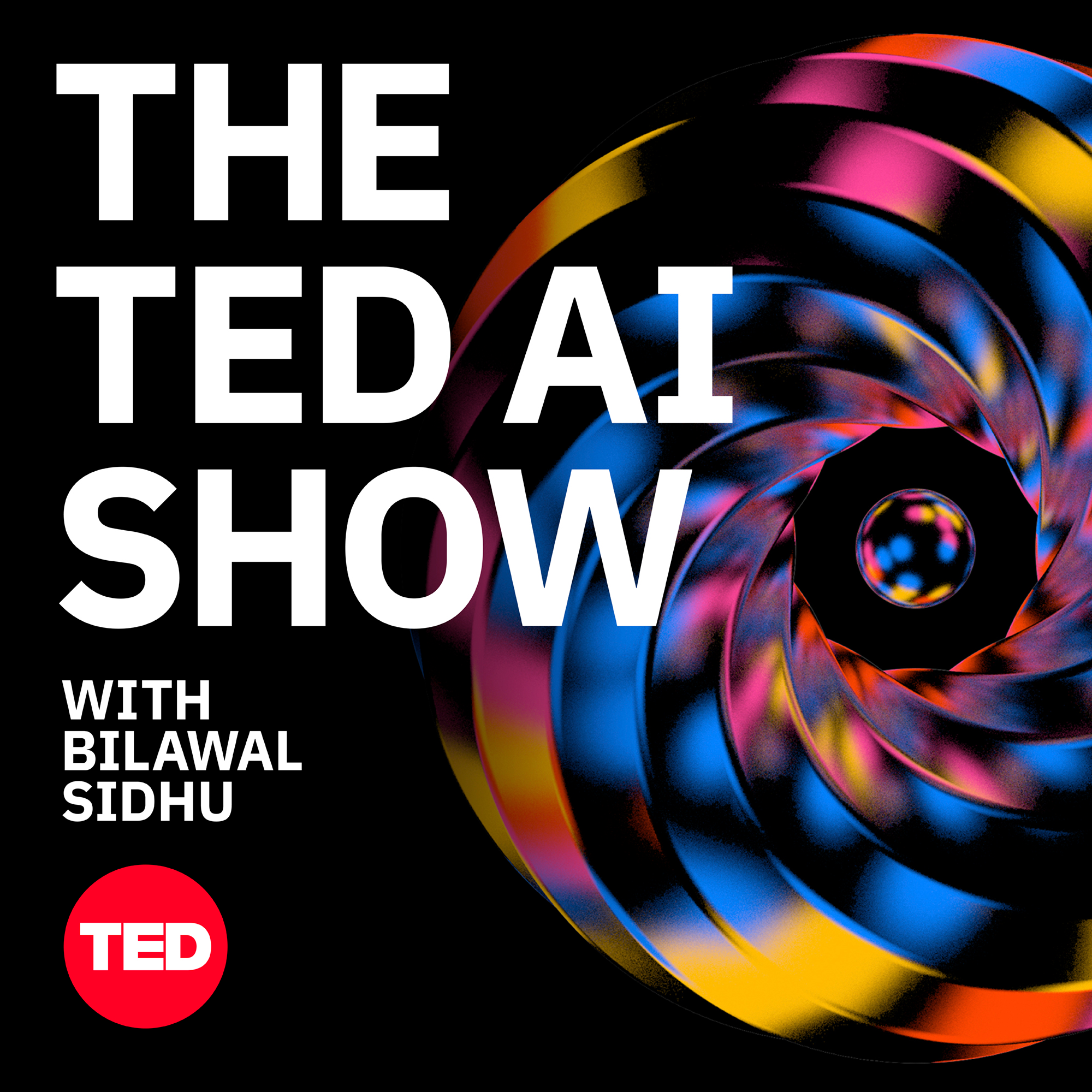
The TED AI Show
TED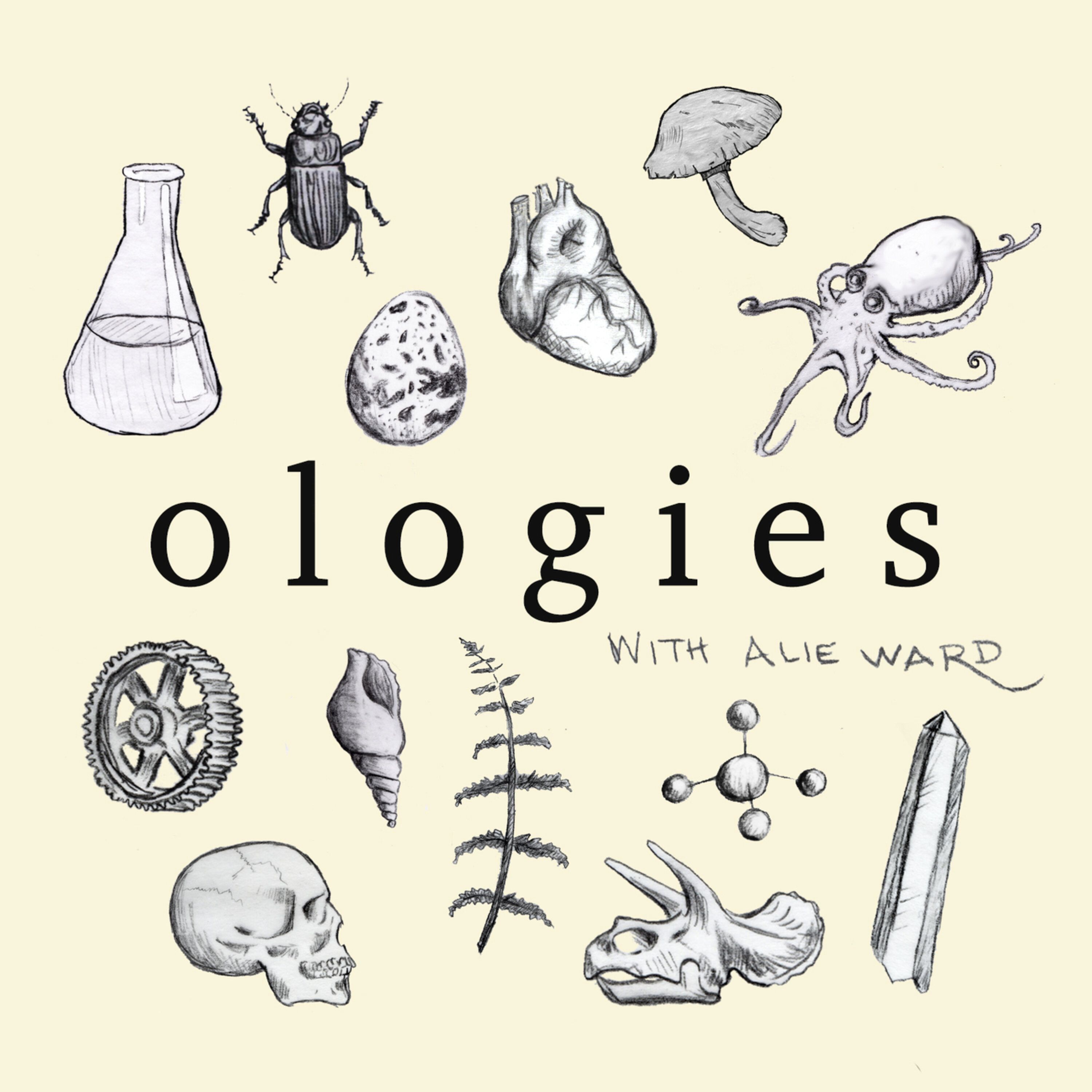
Ologies with Alie Ward
Alie Ward
The Daily
The New York Times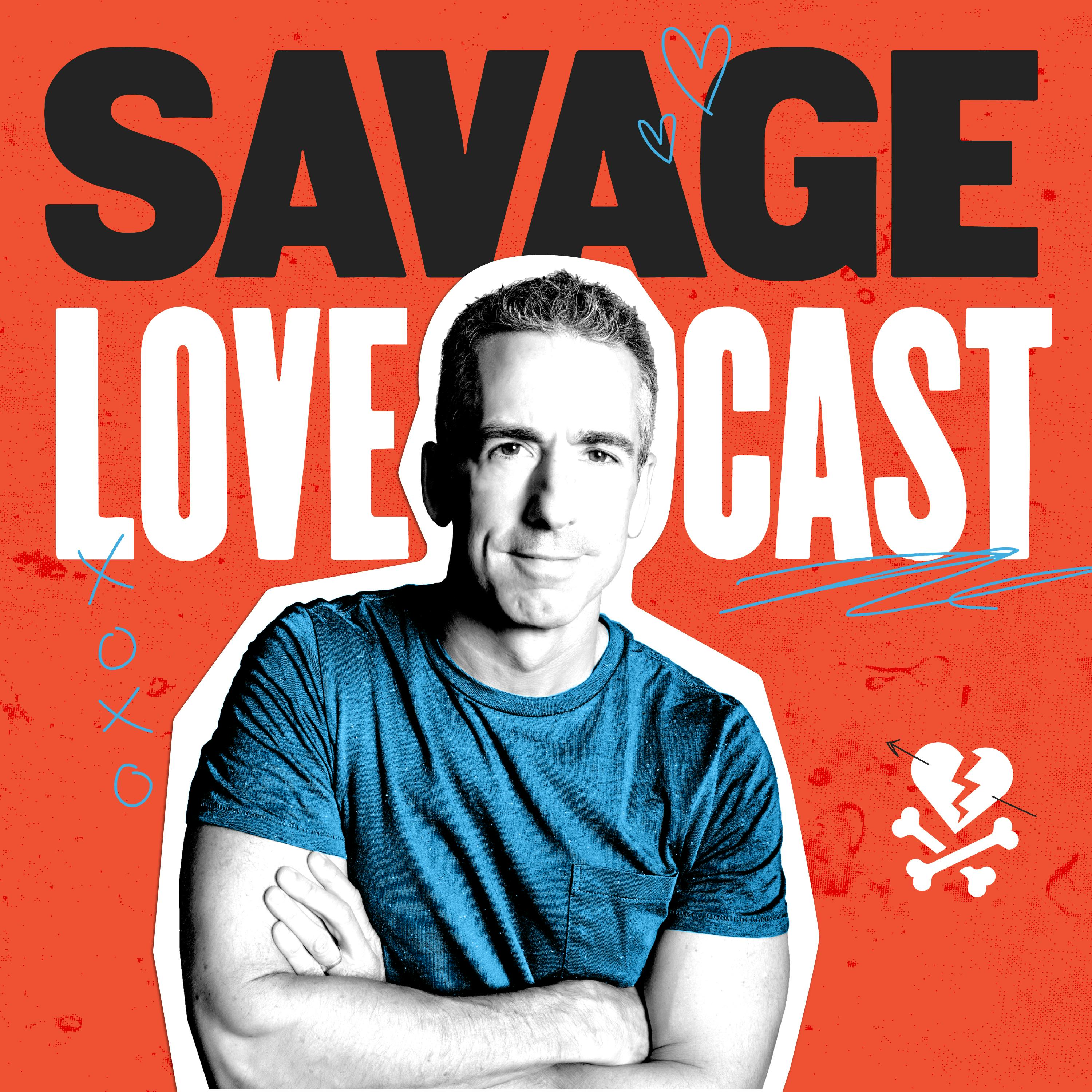
Savage Lovecast
Dan Savage
Huberman Lab
Scicomm Media
Freakonomics Radio
Freakonomics Radio + Stitcher
Ideas
CBC

